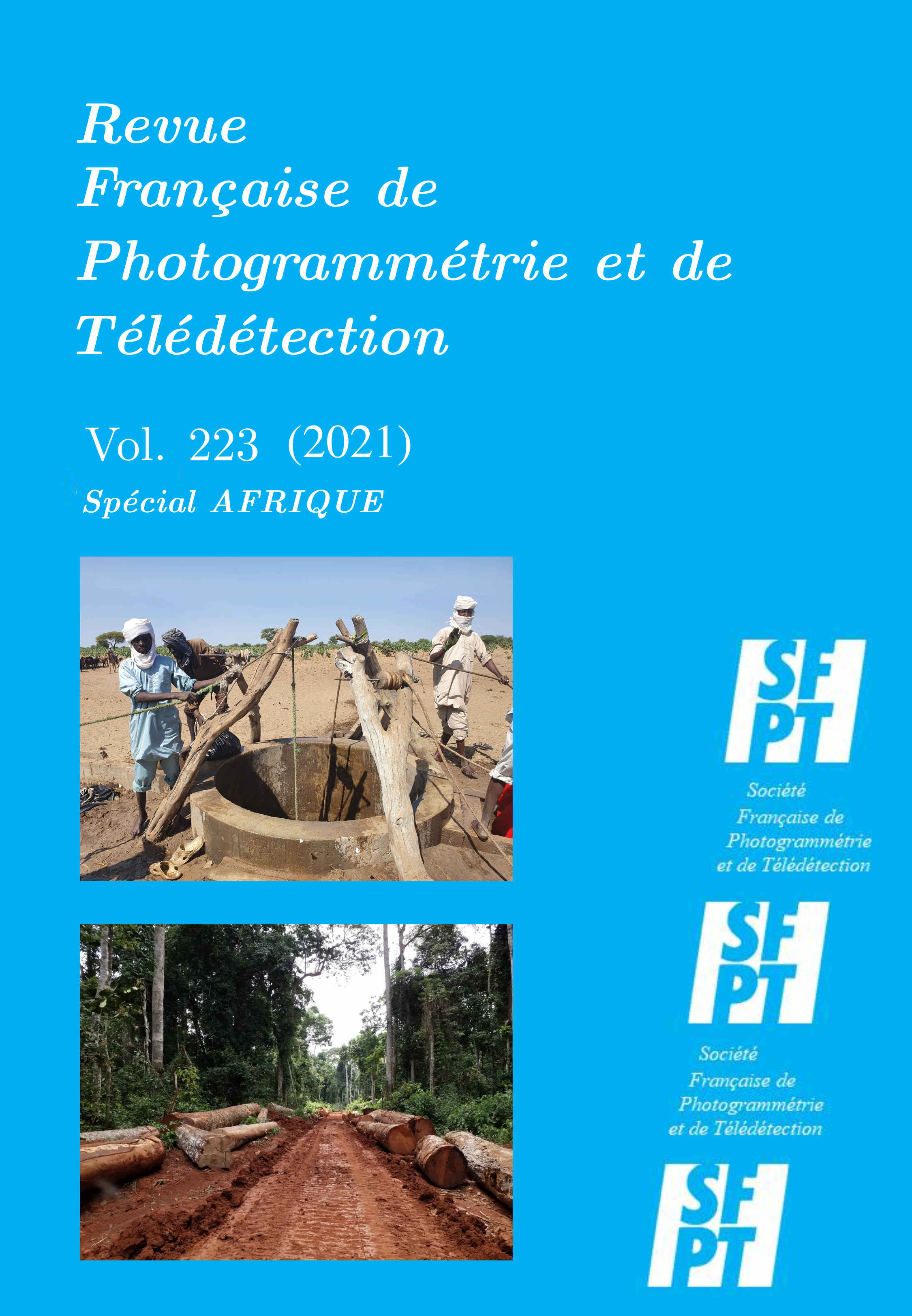Spatial and temporal distribution of fires in Madagascar
DOI:
https://doi.org/10.52638/rfpt.2021.520Abstract
This paper contributes to the understanding of the degradation of the environment in Madagascar. Specifically, it analyzes spatial and temporal distribution of fires in Madagascar and identifies the factors behind these fires. Data provided by MODIS sensor between year 2014 and year 2018 over the entire territory of Madagascar are used. The results indicate that the number of fire points observed in Madagascar is stable during the period 2014 to 2018, except for the year 2016, a year of severe global drought. The fires burn on average an area of 3,757,792 ha per year. The majority of these fires are observed during the dry season and reach their maximum in number and area in September and October. At first glance, fires cover almost the entire country. However, spatial and spatio-temporal analysis show that the fire points are grouped into aggregates of order 1, 2, 3 or 4. Aggregates indicate areas where there is a concentration of fire points. Areas including higher order aggregates are the most exposed to fires. These are areas for which special attention must be paid. The results of the spatiotemporal permutation analysis indicate that fires close in space are also close in time. The distribution of aggregates in relation to tracks and villages is presented and shows that fires mainly spread near inhabited places and tracks.
Downloads
Downloads
Published
Versions
- 2021-11-02 (2)
- 2021-05-18 (1)
How to Cite
Issue
Section
License
Copyright (c) 2021 French Journal for Photogrammetry and Remote Sensing

This work is licensed under a Creative Commons Attribution 4.0 International License.






